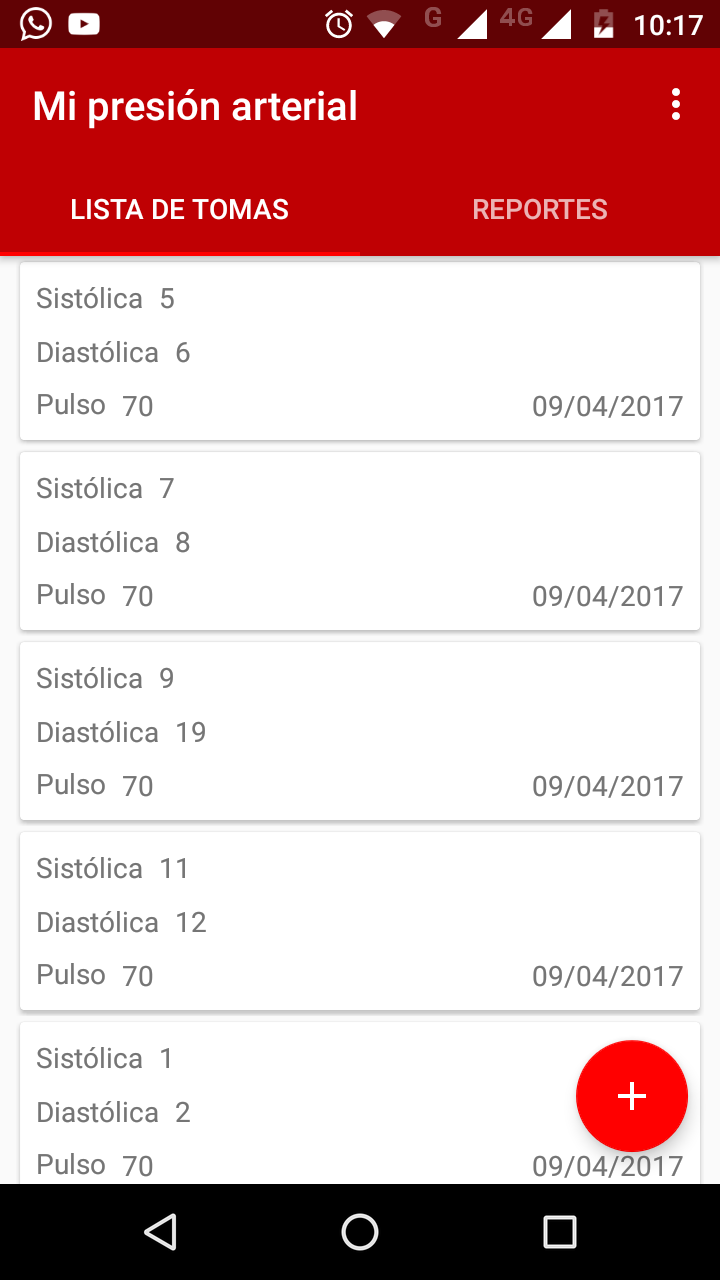在 Android Studio 中使用 @NonNull 注解的正确方法
时间:2023-09-28问题描述
我想在 Android 中使用 @NonNull 注释,但我想不出正确的方法.我建议你这个例子:
I'd like to use the @NonNull annotation in Android, but I can't figure out just the right way to do it.
I propose you this example:
public void doStuff(@NonNull String s){
//do work with s...
}
所以当我调用 doStuff(null) 时,IDE 会给我一个警告.问题是我不能依赖这个注释,因为像 this 问题指出,它们不会传播很远.所以我想对我的方法进行空检查,如下所示:
So when i call doStuff(null) the IDE will give me a warning. The problem is that I cannot rely on this annotation since, like this question points out, they don't propagate very far. So I'd like to put a null check on my method, like this:
if(s==null) throw new IllegalAgrumentException();
但假设 s!=null 的 IDE 会警告我 s==null 始终为假.我想知道最好的方法是什么.
But the IDE, assuming that s!=null, will warn me that s==null is always false. I'd like to know what is the best way to do this.
我个人认为应该有一个像 @ShouldntBeNull 这样的注解 only 检查并警告 null 没有传递给它,但 没有 在检查值为 null 时会报错.
I personally think that there should be an annotation like @ShouldntBeNull that only checks and warns that null isn't passed to it, but doesn't complains when the value is null checked.
推荐答案
你可以使用Objects.requireNonNull 为此.它将在内部进行检查(因此 IDE 不会在您的函数上显示警告)并引发 NullPointerException 当参数为null:
You can use Objects.requireNonNull for that. It will do the check internally (so the IDE will not show a warning on your function) and raise a NullPointerException when the parameter is null:
public MyMethod(@NonNull Context pContext) {
Objects.requireNonNull(pContext);
...
}
如果你想抛出另一个异常或使用 API 级别 <19,然后你可以只做你自己的助手类来实现同样的检查.例如
If you want to throw another exception or use API level < 19, then you can just make your own helper-class to implement the same check. e.g.
public class Check {
public static <T> T requireNonNull(T obj) {
if (obj == null)
throw new IllegalArgumentException();
return obj;
}
}
并像这样使用它:
public MyMethod(@NonNull Context pContext) {
Check.requireNonNull(pContext);
...
}
这篇关于在 Android Studio 中使用 @NonNull 注解的正确方法的文章就介绍到这了,希望我们推荐的答案对大家有所帮助,也希望大家多多支持html5模板网!
相关文章
 如何检测 32 位 int 上的整数溢出?How can I detect integer overflow on 32 bits int?(如何检测 32 位 int 上的整数溢出?)
如何检测 32 位 int 上的整数溢出?How can I detect integer overflow on 32 bits int?(如何检测 32 位 int 上的整数溢出?) return 语句之前的局部变量,这有关系吗?Local variables before return statements, does it matter?(return 语句之前的局部变量,这有关系吗?)
return 语句之前的局部变量,这有关系吗?Local variables before return statements, does it matter?(return 语句之前的局部变量,这有关系吗?) 如何将整数转换为整数?How to convert Integer to int?(如何将整数转换为整数?)
如何将整数转换为整数?How to convert Integer to int?(如何将整数转换为整数?) 如何在给定范围内创建一个随机打乱数字的 intHow do I create an int array with randomly shuffled numbers in a given range(如何在给定范围内创建一个随机打乱数字的 int 数组)
如何在给定范围内创建一个随机打乱数字的 intHow do I create an int array with randomly shuffled numbers in a given range(如何在给定范围内创建一个随机打乱数字的 int 数组) java的行为不一致==Inconsistent behavior on java#39;s ==(java的行为不一致==)
java的行为不一致==Inconsistent behavior on java#39;s ==(java的行为不一致==) 为什么 Java 能够将 0xff000000 存储为 int?Why is Java able to store 0xff000000 as an int?(为什么 Java 能够将 0xff000000 存储为 int?)
为什么 Java 能够将 0xff000000 存储为 int?Why is Java able to store 0xff000000 as an int?(为什么 Java 能够将 0xff000000 存储为 int?)
 如何使用 SimpleDateFormat.parse() 将 Calendar.toString()How can I Convert Calendar.toString() into date using SimpleDateFormat.parse()?(如何使用 SimpleDateFormat.parse() 将 Calendar.toString() 转换为日期?)
如何使用 SimpleDateFormat.parse() 将 Calendar.toString()How can I Convert Calendar.toString() into date using SimpleDateFormat.parse()?(如何使用 SimpleDateFormat.parse() 将 Calendar.toString() 转换为日期?)